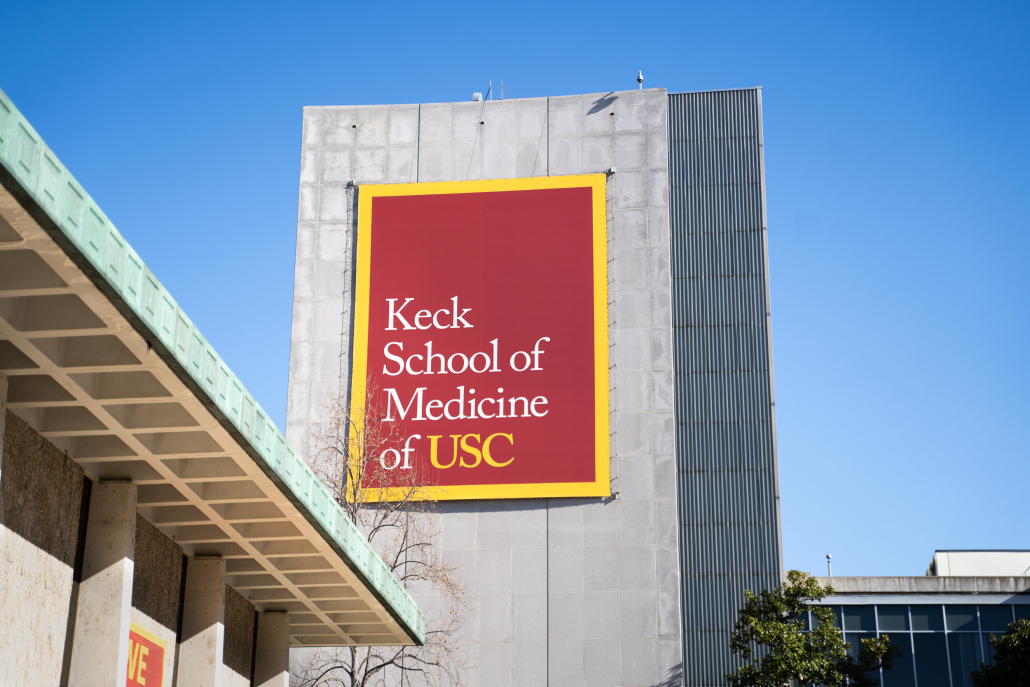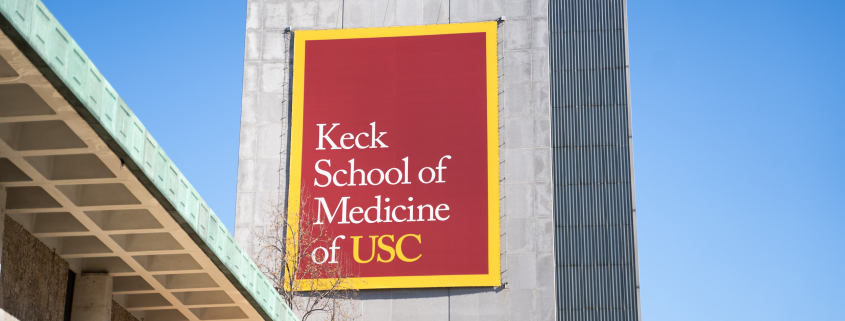Coronavirus cases surge to highest count since January, overall positivity rate decreases as fall semester begins

As weekly testing more than quadrupled between Aug. 15 and Aug. 21 with the return of USC’s student population, coronavirus cases surged to the largest weekly jump since mid-January. However, with a lower positivity rate compared to other areas in Los Angeles County and California — 2.75% and 5.2% respectively —, student positivity rates decreased to .4%, the lowest since June 26.
Of the 27,740 tests administered, 118 students and 13 employees tested positive for the coronavirus. Although student positivity rate decreased, a slight uptick appeared in staff positivity rate, which currently stands at 1%.
The positivity rate among unvaccinated people sits at 1% –– double the rate compared to fully vaccinated people.
“We are a very highly vaccinated population right now, but we suddenly found the positivity rate was double that, within the unvaccinated versus the vaccinated. We are seeing almost double the rate of positivity in unvaccinated individuals,” USC Chief Health Officer Dr. Sarah Van Orman said in a student media briefing Thursday.
According to Van Orman, the low positivity rate is a “really powerful statement for vaccines.”
Van Orman also said that the initial batch of confirmed cases were “entry cases” — those connected to outside travel from areas with substantial transmission — rather than a result from a particular event or large gathering on campus.
The increase of reported positive cases was “expected,” Van Orman said, and the number of cases are expected to rise in the next two weeks.
USC’s coronavirus case models created by David V. Conti, professor of population and public health sciences, suggest that the University could see upward of 40 to 50 cases a day two weeks after the start of classes, Van Orman said.
“We actually think we expect the cases to grow. We think the cases should reach a peak about two weeks after school starts, and then, if people are cautious and if we keep testing –– the cases should start to drop after that,” Van Orman said.
If the positivity rate decreased by “four or fivefold,” Van Orman said the weekly testing requirement could be dropped in the future. Looking towards a feasible decline in test positivity and case counts in about 4-6 weeks, Van Orman said the University’s goal also depends on the community prevalence of the coronavirus in L.A. County.
As a result of site closures and long lines, students complained about scheduling and submitting weekly coronavirus tests before the first week of classes. Van Orman sympathized with the frustration felt among many and thanked students for their patience as the University shifts to a full reopening.
“We appreciate the students’ patience with the testing. We know it’s a pain. We know it takes extra time, but unfortunately it is just, I think what we need to do right now,” Van Orman said.
Although the testing effort is “challenging,” Van Orman said sites are staffed at full capacity.
In an effort to ease the strain on the testing system, Student Health is offering an incentive for those who choose to be tested with the nasal swab. The new initiative will award five students a day with $100 gift cards to the USC Bookstore.
As of Aug. 26, vaccination rates have remained constant, with 95% of staff and 92% of students who are fully vaccinated, according to Van Orman. Of USC’s total population , 99% are in compliance which includes those who are in between doses or have received a medical or religious exemption. Total vaccination rates are expected to rise as more individuals receive their second dose in the coming weeks.
Although a full-scale campus lockdown remains “unlikely,” the campus community may experience “targeted shutdowns” dependent on the locations of coronavirus outbreaks.
“It is possible a student could be involved in a dorm that is locked down, classes in a cohort are locked down, so I don’t want people to sort of minimize what could happen,” Van Orman said. “If we see outbreaks in certain areas or populations, we have to shut something down for two to three weeks while that outbreak clears, and then things come back to normal.”
However, Van Orman believes community transmission will play a significant role in deciding coronavirus policy on campus.
Following the Centers of Disease and Prevention’s announcement recommending U.S. residents to receive booster shots 8 months after their second dose, the University also plans to distribute boosters beginning Sept. 20. Those initially eligible will primarily include health sciences students and some faculty and staff, Van Orman said.
Following a flurry of reports received by Van Orman’s office of students not complying with health protocols, Van Orman implored students to have a sense of personal responsibility and reaffirmed the University’s interest in enforcing guidelines and even taking non-compliant cases to Student Affairs.
“If [students] are gathering at large outdoor events without masks, they’re really jeopardizing their fall [semester],” Van Orman said. “I would really transfer the responsibility back to individuals, as adults, to follow the guidelines.”

